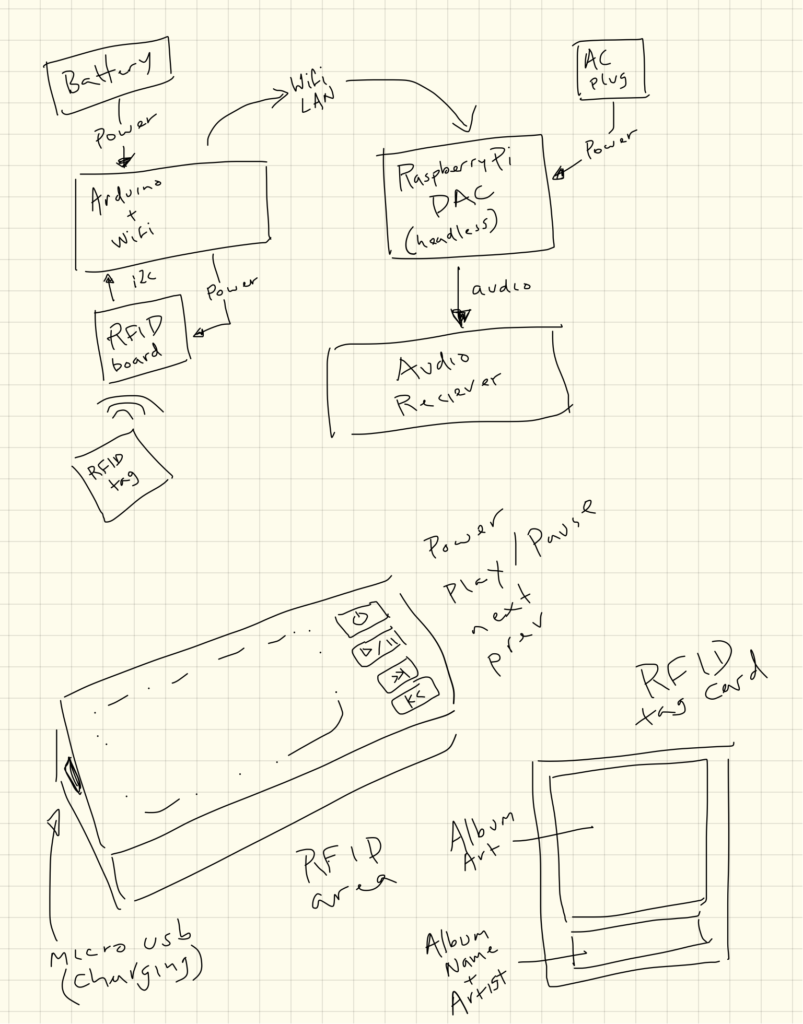So I made a discovery about the Mac Pro (and Macs in general) – they do not support the 3 mini-jack surround system that 90% of Windows and Linux machines use. Instead, they will only output surround sound through an optical port.
I looked at my options, listed here in order of expensive-ness.
Option 1:
Give up on surround sound, either use current surround system in stereo mode, or get new 2.1 channel system.
Option 2:
Get Griffin FireWave, which will output 3-mini-jack surround via firewire. Downside? No windows drivers, so if I booted into windows, I wouldn’t have sound. One of the main reasons I want surround sound is for windows games.
Option 3:
Use optical to 3-mini-jack converter box. Not a bad option, Creative makes one, but it’s discontinued and I didn’t have any luck finding it.
Option 4:
Get a new surround sound system that has optical support.
I ended up going with option 4, and got a Logitech Z-5500 system for $250 (yowtch).

It arrived yesterday, and I was unprepared as to how massive it is. Everything is literally twice the size of my old surround sound system. Physically, and power-wise. The subwoofer is the size of a Volkswagon.
I managed to untangle the old surround sound and set it aside, and somehow managed to squeeze the new speakers into the same places. Except the subwoofer. It came with a warning to keep it far away from your computer, so I moved the Mac to the other side of my desk, and put the subwoofer on the bottom of my wire shelf. It *just* fit.

(click the image for more details)
Finally having it set up, I noticed a few things:
1. You have no control over output when using optical out (a digital signal) – this means the mac outputs at a fixed level, and you can *only* control the volume using the surround sound’s volume knob. This means the volume + and – on the keyboard no longer work. Adjusting output levels in individual apps does still have an effect, I wish I could map those keys on the keyboard to iTunes volume + and -, but haven’t found a way to do that yet.
2. In windows, the Mac internal speaker is on all the time. To silence it, you have to go into the volume control panel and turn the Master Volume all the way down. Now sound will just come out of the surround sound system.
Aside from the price, the physical size, and those couple quibbles, I’m happy with it – it sounds great (though I only use a fraction of the volume available).
One thing happened that lessened my fretting about having spent too much on speakers.
When setting up the speakers, I moved my old subwoofer, and noticed a pile of rolled coins and a bowl of coins under my desk that I’d sorta forgotten about. Every day I take the spare change in my pocket and toss it in the bowl, and every now and then I’d roll them up with a coin sorter. Over time, a small pile of rolled coins had built up. I hadn’t rolled any in several months, a thick layer of dust and cat hair covered the pile.
I dusted it off, and took a half-hour and rolled the loose coins. At first I used the coin sorter, but it kept jamming, so I did it by hand instead.
Humans are really good at pattern recognition. I dumped the coins a couple handfuls at a time into a pile on the floor. First I grabbed all the quarters, as quickly as I could. I was impressed how little of a quarter had to be showing out from beneath other coins for me to find it. Finding a quarter and grabbing it was seemingly faster than conscious thought, my brain was doing all sorts of size, color and weight analysis without my having to think about it. After the quarters, I did the dimes, then the nickels, then the pennies. I also found a couple John Adams dollar coins in there. John Adams has a dollar coin now? Who knew?
When all the coins were rolled, I counted it up. $354.00 (not counting the two John Adams dollar coins, a Susan B. Anthony dollar coin, and two bicentennial quarters that I set aside to keep). Wow. It paid for the new surround sound, and then some!
—
Addendum: By toggling the Feature Key/Function Key setting in the keyboard control panel, I reassigned F1-F3 to exposé, F4 to dashboard, and in CoverSutra assigned F7-F9 to Previous/Pause/Next, and F10-F12 to Mute/Vol -/Vol +. So now those keys control the volume in iTunes instead of trying to control global volume, which doesn’t work with optical out.


